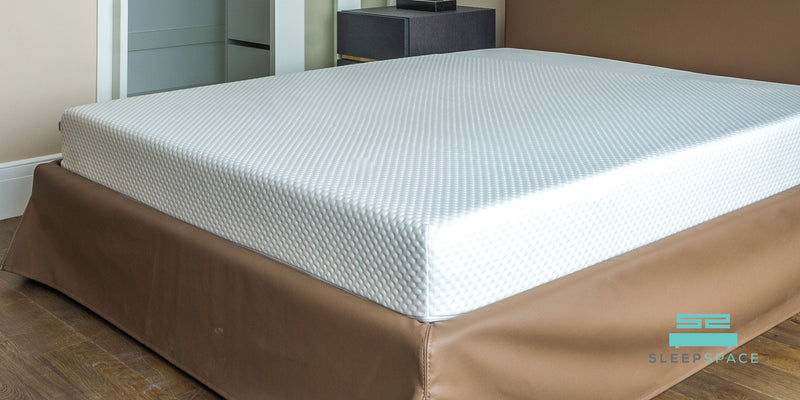
When it comes to a good night's sleep, many factors come into play: a calm mind, a comfortable environment, and, most importantly, the right sleeping posture. Our choice in sleeping positions might seem like a matter of preference, but it directly impacts our spinal health. While some positions can support and maintain the spine's natural curve, others might strain or stress it. This is crucial, as an aligned spine can be the key to waking up rejuvenated, while a misaligned one can lead to aches and discomfort. At Sleep Space, we believe in guiding you to understand these nuances. So, before you sink into your mattress tonight, let's explore the pros and cons of popular sleeping positions and their effects on your spine.
The Three Primary Sleeping Positions: Pros and Cons
-
Back Sleeping (Supine)
-
Pros:
- Supports Spinal Health: This position respects the spine's natural curve, reducing the risk of spinal strain.
- Beauty Sleep: Fewer chances of facial wrinkles since there's no pressure on the face.
- Digestive Relief: Elevating the head slightly can help reduce acid reflux.
-
Cons:
- Snoring Susceptibility: Might intensify snoring or even aggravate sleep apnea conditions.
- Comfort Factor: Not everyone finds this position naturally comfortable, potentially leading to frequent position shifts.
-
Pros:
-
Side Sleeping
-
Pros:
- Breathing Easy: Often recommended for those with sleep apnea as it keeps airways more open.
- Pregnancy-Preferred: Provides optimal blood flow and safety for pregnant individuals, especially when sleeping on the left side.
- Digestion Boost: Lying on the left side can aid with digestion and natural waste processing.
-
Cons:
- Uneven Pressure: Can result in shoulder or hip discomfort due to concentrated pressure.
- Face the Facts: Sleeping consistently on one side might lead to facial wrinkles on that side.
-
Pros:
-
Stomach Sleeping (Prone)
-
Pros:
- Quieter Nights: One of the positions that might help reduce snoring for some.
-
Cons:
- Neck Strain: The head typically turns to one side, causing the neck to twist. This can lead to stiffness and pain over time.
- Spinal Stress: Doesn't maintain the spine's natural curve, which can strain the back.
- Facial Pressure: The face-down aspect can accelerate facial wrinkles and even cause breakouts due to the face pressing into the pillow.
-
Pros:
Understanding our sleeping positions isn't just about comfort—it's a commitment to our long-term spinal health and overall well-being. A right position, complemented by the perfect mattress, can transform our nights and, by extension, our days. The intricate relationship between where and how we sleep can be the difference between waking up rejuvenated or with discomfort.
If you've ever felt unsure about your sleeping posture or the mattress that supports you. Book a personalized mattress consultation with Jacqueline at Sleep Space. With her expertise and keen understanding of spinal alignment, you're not just choosing a mattress; you're choosing a future of restful, healthful sleep.
Click here to book in for your complimentary mattress consultation.



0 comments